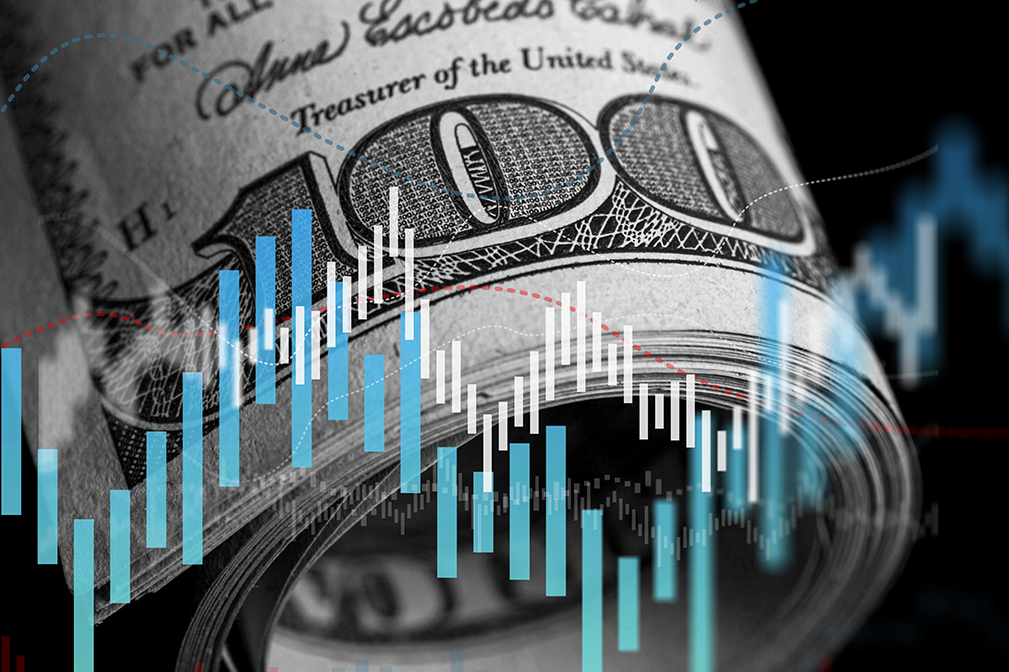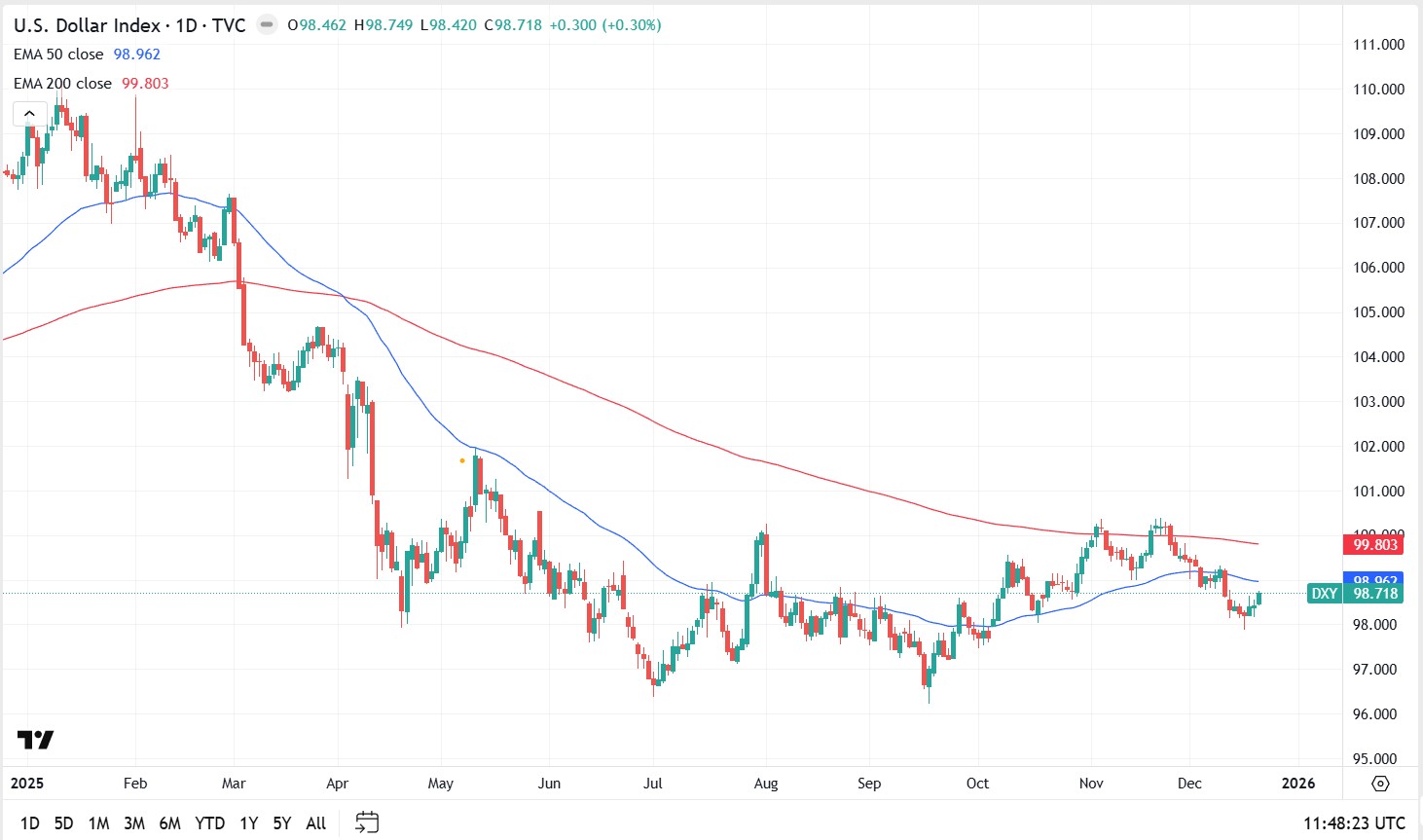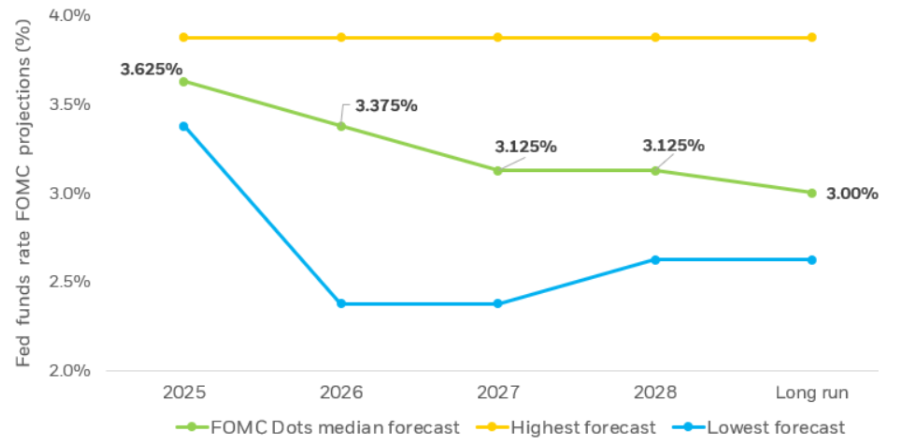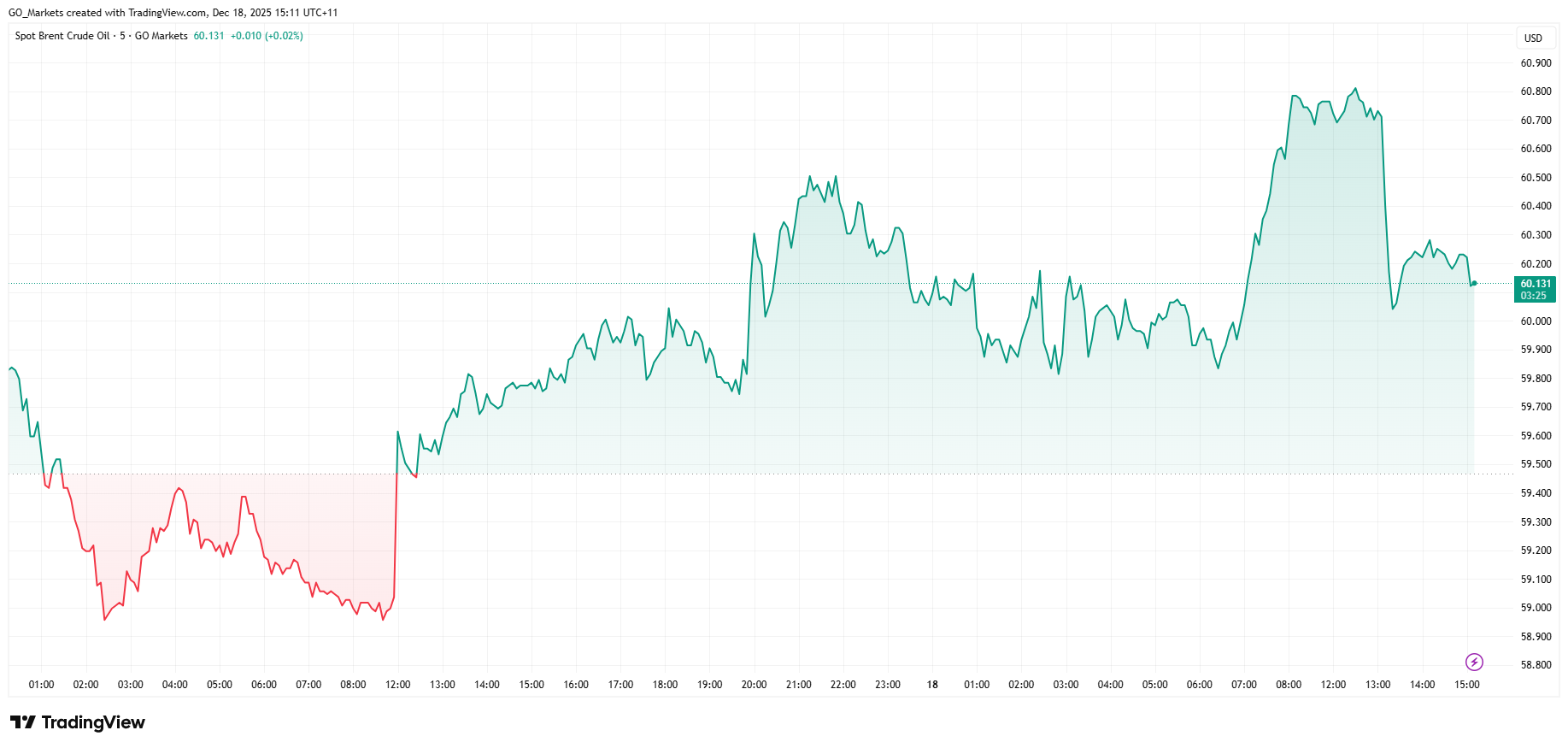This coming Friday sees the January core PCE inflation data – the Fed’s preferred measure of inflation. Now most are forecasting that it should confirm that inflation has eased compared to this time last year. The consensus estimate has the monthly increase at 0.2 per cent with the annual rate at 2.5 per cent.
Now that is premised on a range of factors, they are also based on the fact the newly installed administration was not in power when these numbers were being collated. For now then – here are the key issues of the PCE read this Friday: Inflation Expectations: A temporary blip? Or is this the ‘transitory v structural debate again? – Upside impactor Several surveys are showing some upward movement in price expectations, mainly down to tariffs and other new external impacts.
Most don’t see this as a sign of a new inflationary trend but that is cold comfort considering how wrong these forecasts have been over the past three years. Case in point here is the University of Michigan’s 5 to 10 year inflation expectations which jumped to 3.5 per cent in February release, highest of this cycle. The caveat is that while this figure is high, historically this read has run above actual inflation, even when inflation was stable at 2 per cent, even so – a 1.5 per cent miss seems way out and even a 2.8 to 2.9 per cent read would be an issue for further cuts and the current US inflation story.
Other things to keep in mind: Tariffs were front and centre in February and clearly remain a political and geopolitical risk/threat. It should die down in the coming weeks as the administration settles in, the news cycle moves and the size of the tariffs retreat – that is until something causes the President to react. But March should be quieter – but the year will be volatile.
Countering the University of Michigan survey is the New York Fed’s, which hasn’t shown a major shift. If the increase in expectations were widespread, this would move the dial and would be more concerning. It makes the NY Fed data all the more interesting ahead of its launch.
We should also point out February’s manufacturing PMI showed rising input and output prices, while service sector price indices eased – why? Tariffs. This aligns with the 10% tariffs on Chinese imports that kicked in earlier this month.
With 25% steel and aluminium tariffs set for March 12, some price pressures may persist in March. Used Car Prices: A Temporary Divergence? – Down side impactor Used car prices in CPI have been running hotter than expected, especially relative to wholesale prices, which typically lead by a few months. And, this even after the surge in used car prices during the COVID era.
This market has remained above trend but is easing a Manheim wholesale used car prices fell 1.1 per cent month on month in early February, reinforcing our view that CPI inflation in this category has limited room to rise. If consumer demand were truly driving higher prices, we’d expect to see wholesale prices moving up as well which hasn’t happened. New York Congestion Pricing: Is this one and done?
A big policy pitch from the President for the state of New York was the congestion charging throughout New York City. True to its word the Trump administration revoked approval for congestion pricing in New York City, which had gone into effect in early January. This is likely to be the reason for the 2.6 per cent month on month spike in motor vehicle fees within CPI.
If the fee is ultimately scrapped, we’d expect an equivalent pullback in this CPI category. But with legal challenges keeping the fee in place for now – it was a double hit. One to watch.
Housing & Shelter: Watching LA Zillow’s single-family rent index rose 0.33 per cent month on month in January, consistent with shelter inflation continuing to slow – but still growing above historical averages. However it is not even across the country - Los Angeles rents spiked 1 per cent month on month - the biggest monthly jump since early 2022. The recent fires may have played a role, and if this strength persists, we could see upward pressure on shelter inflation later this year.
Median home prices remained flat in January, and with the broader housing market cooling, long-term upside risk to shelter inflation remains limited. In short, this Friday’s PCE is going to a line ball read – any hit that inflation is continuing to defy expectations as it has since September, the Fed will be dealt out of the rate market in 2025 and the USD, US bonds and risk exposures with debt are going to see reasonable movements. Which brings us to the other elephant in the market trading room – Tariffs on silver things.
Tariff Changes on Steel and Aluminium: Who really pays? We have been reluctant to write about the steel and aluminium tariffs that were announced on February 11. The Trump administration confirmed its plan to reinstate full tariffs on imported steel and aluminium—a move that will significantly impact both industries and consumers.
These tariffs are scheduled to start in early March, these Section 232 import tariffs will impose a 25% duty on steel and aluminium products, with aluminium tariffs rising from the previous 10% to 25%. Right now every nation on the planet (including Australia) is in Washington trying to wiggle their way out of the impending price surge – so far there is radio silence from the administration on if it will budge on any of the changes. Memory Lane If we take the 2018 tariffs as a guide, history suggests that once domestic stockpiles are depleted and buyers turn to global markets, U.S. prices will likely rise to reflect most of these duties.
However, exemptions may still be granted, particularly for aluminium, where the U.S. depends heavily on imports about 85% of aluminium consumption comes from overseas. While U.S. importers will bear roughly 80% of the tariff costs, exporters may need to lower prices to remain competitive—assuming they can’t find better pricing in other markets. Other things to be aware of from a trading point of view - The U.S. imports ~ 70 per cent of its primary aluminium Canada.
Who is the biggest play in that Canadian market? Rio Tinto. And it's not just Canada Rio Tinto ships approximately 1.75 million tonnes of aluminium annually from Canada and Australia.
Nearly 45 per cent of Rio Tinto’s U.S. aluminium sales are value-added products, which carries a premium of $200-$300 per tonne over London Metal Exchange (LME) prices. That is something that very much irks the President. Couple this with the fact physical delivery in the U.S. is also at a premium price and that gives you an average price estimate that could rise by ~40 per cent to approximately $1,036 per tonne ($0.50/lb), up from the 2024 average of $427 per tonne.
The thing is Rio Tinto itself is forecasting strong demand in North America, and its Value-add pricing is unlikely to change as domestic suppliers can’t easily replace the volumes it needs. In short, price pressure is coming – and suppliers will likely win out over the consumer. So what about Steel?
The U.S. imports 25-30 per cent of its steel so it’s not as reliant on this product as aluminium, but 80 per cent of those imports are currently exempt under Section 232 which is about to scrap it. That means the tariffs will impact around 18 million tonnes of steel imports annually, with: 35-40 per cent being flat products, 20-25 per cent semi-finished steel, and the rest covering long steel, pipes, tubes, and stainless steel. The Trump administration has signalled concerns over semi-finished steel imports, particularly Brazilian slab imports (~3-4 million tonnes per year).
What Does This Mean for Steel Prices? All things being equal - U.S. domestic steel prices will rise in full alignment with the 25% tariff on affected imports. The short and tall of it For both steel and aluminium, the reintroduction of tariffs means higher prices for U.S. buyers, particularly once inventories run down and imports reflect the new duty rates.
While exemptions remain a possibility, businesses reliant on imported metals should prepare for cost increases and potential supply disruptions. Traders should be ready for volatility, margin changes and erratic conditions as the administration rages over pricing issues.
















